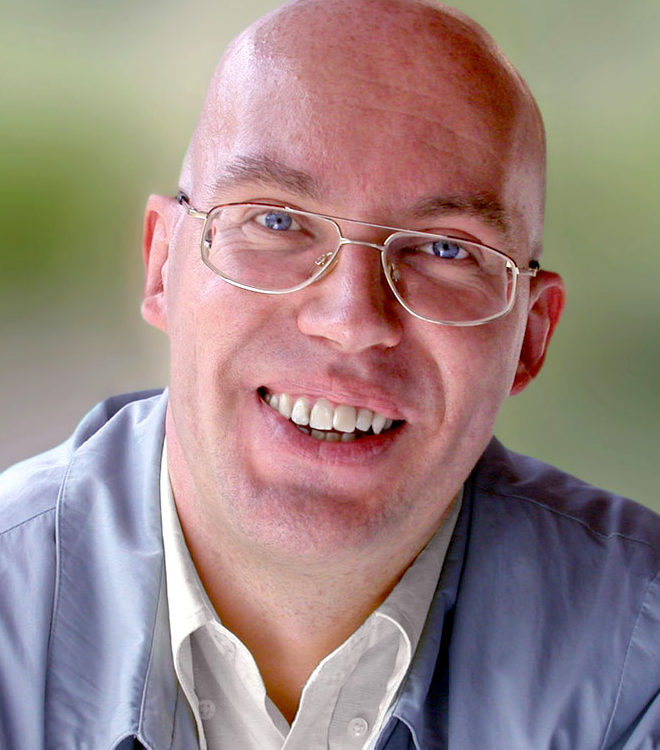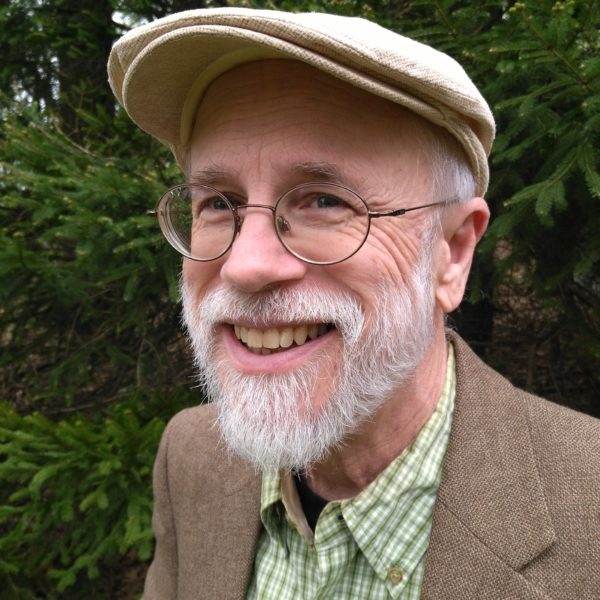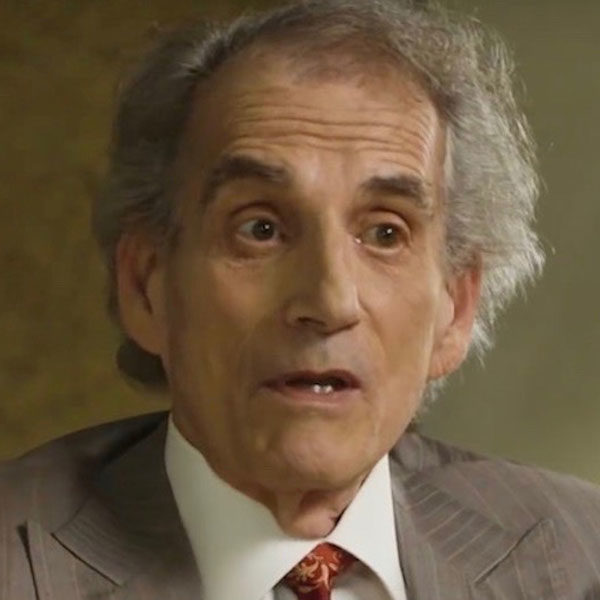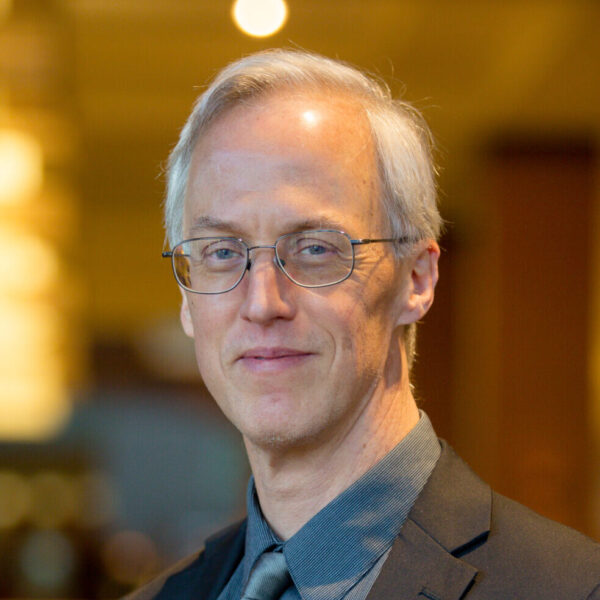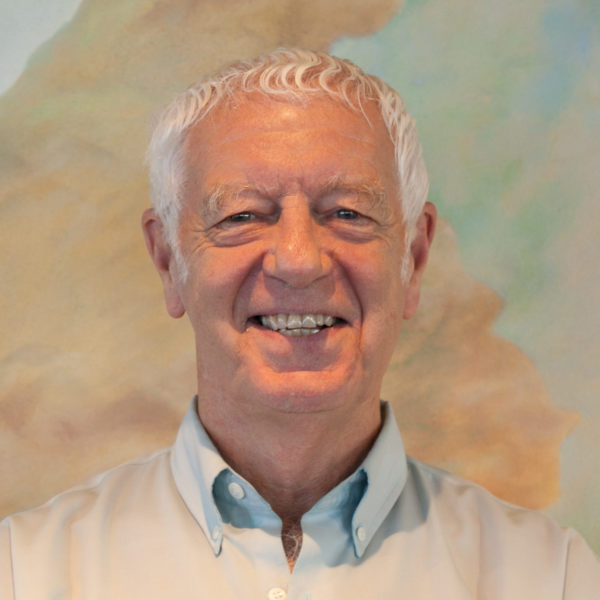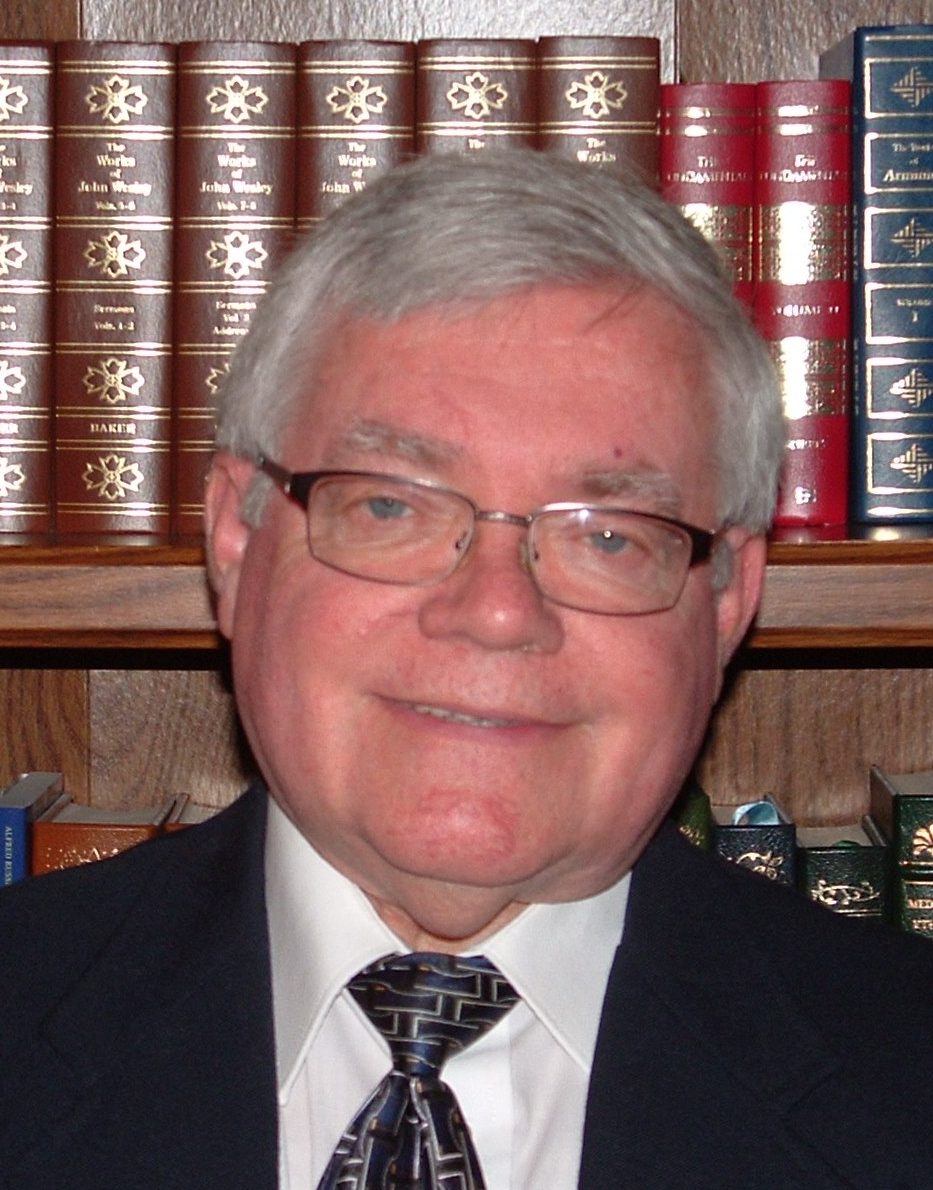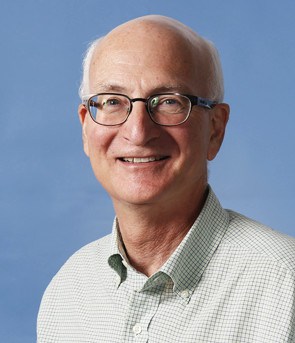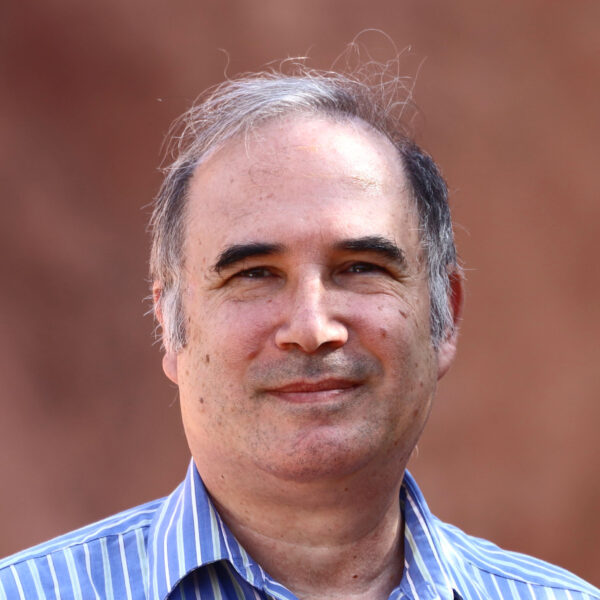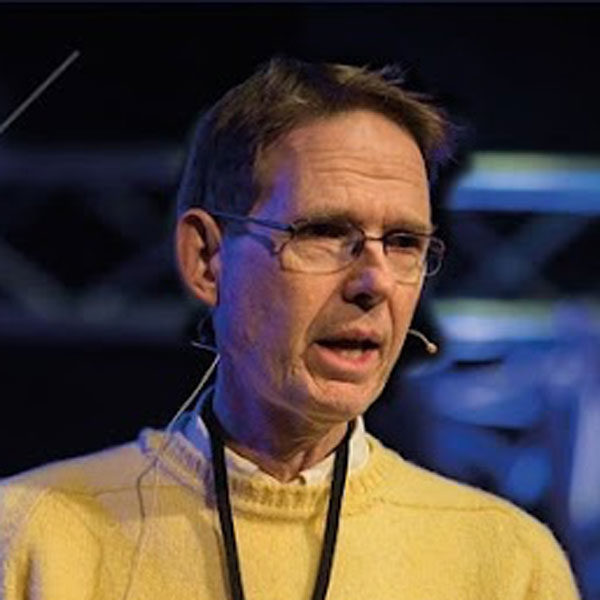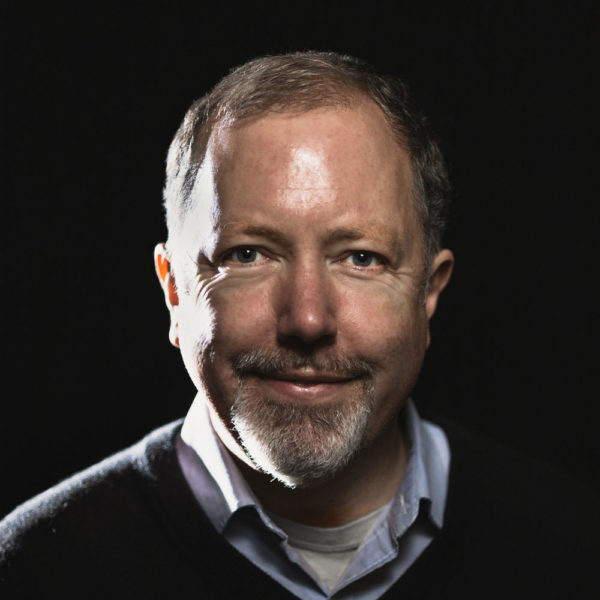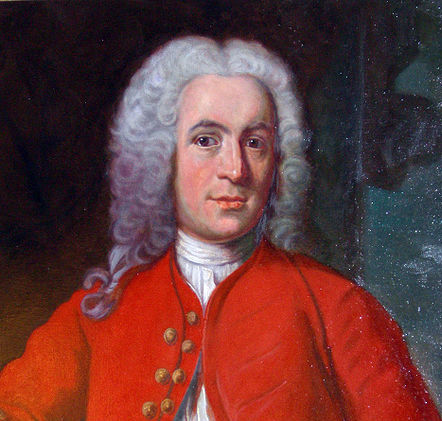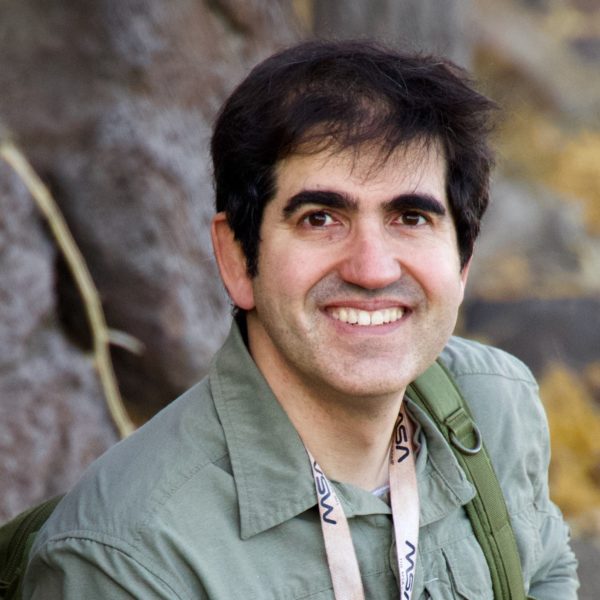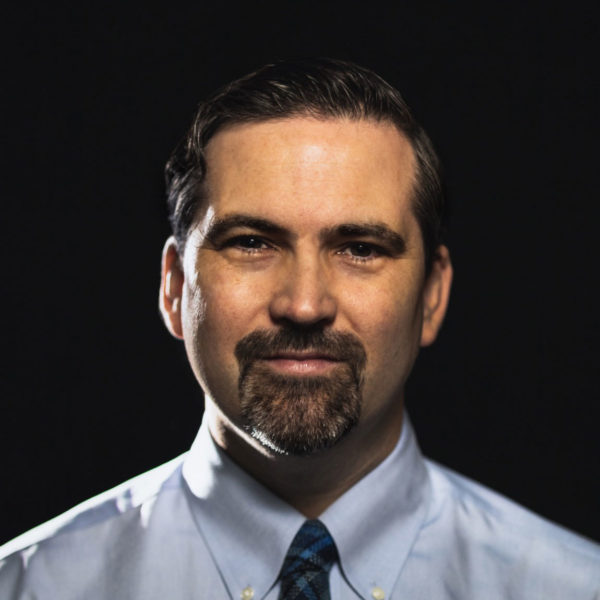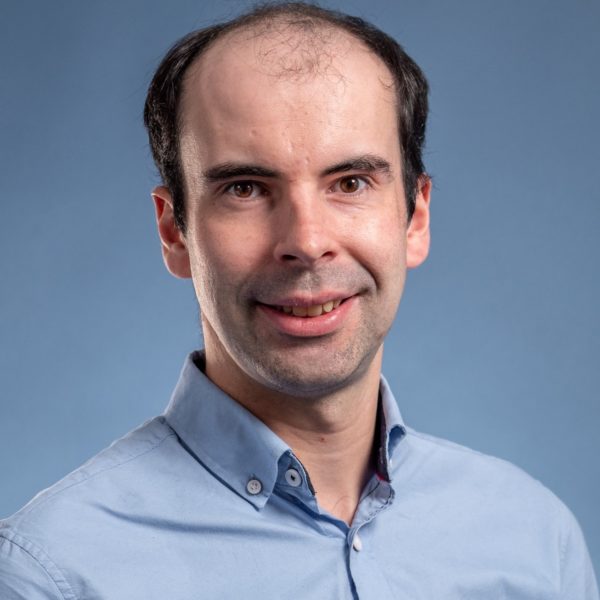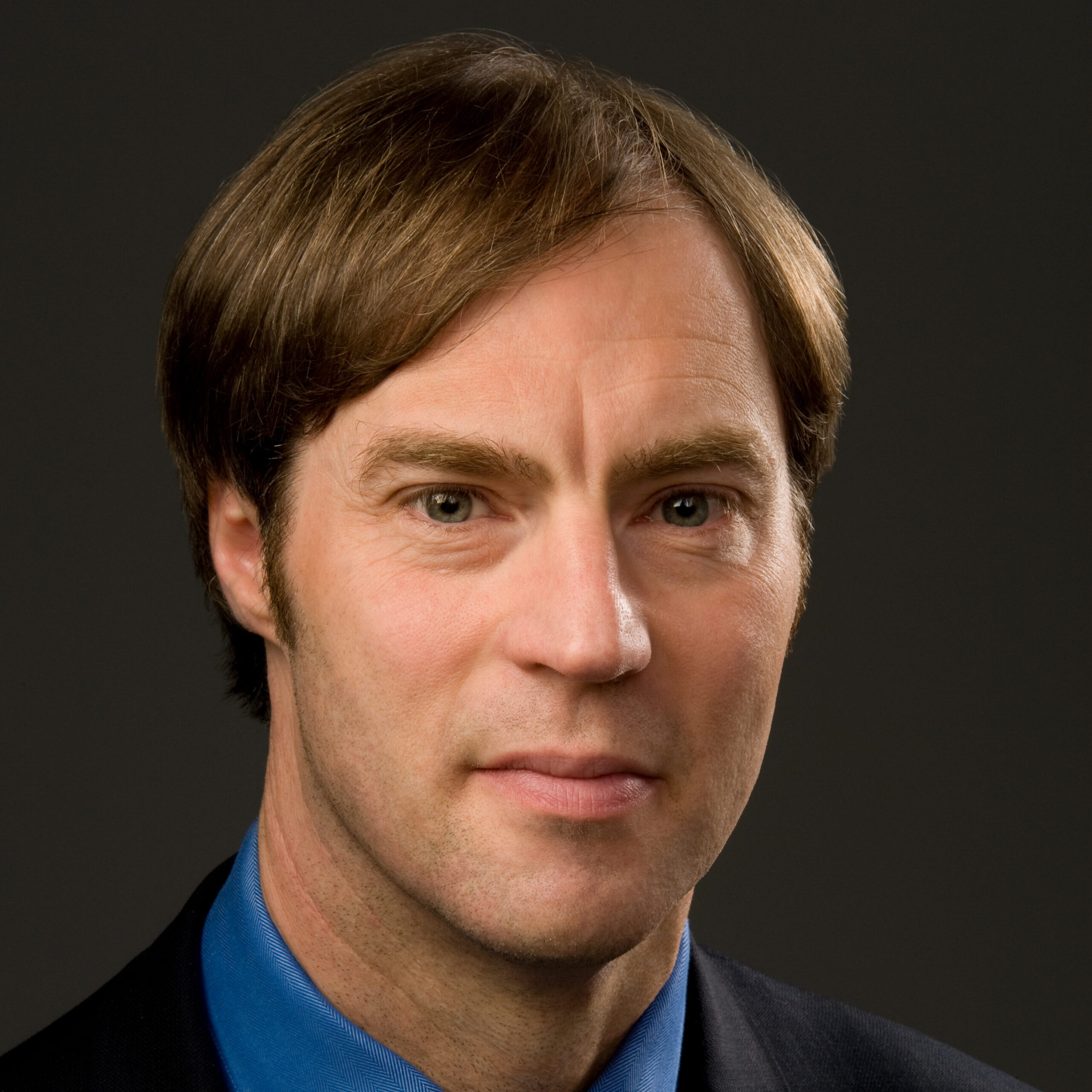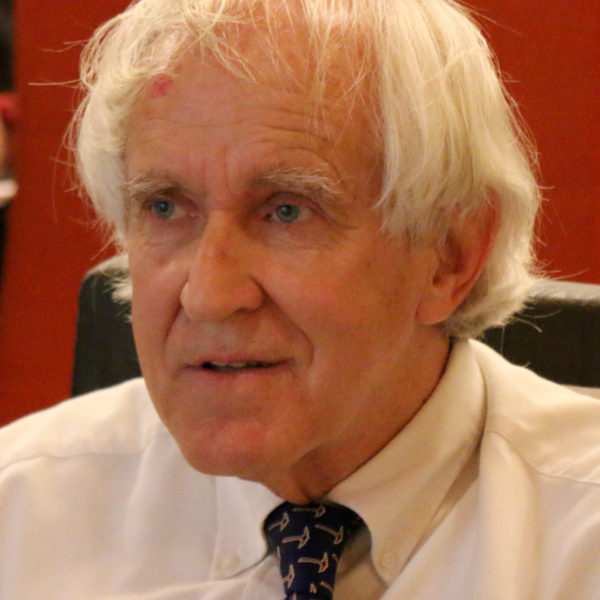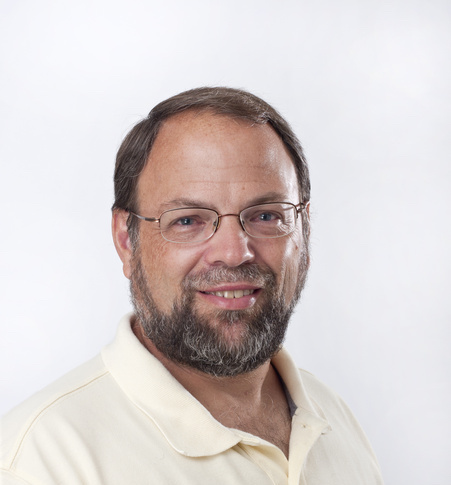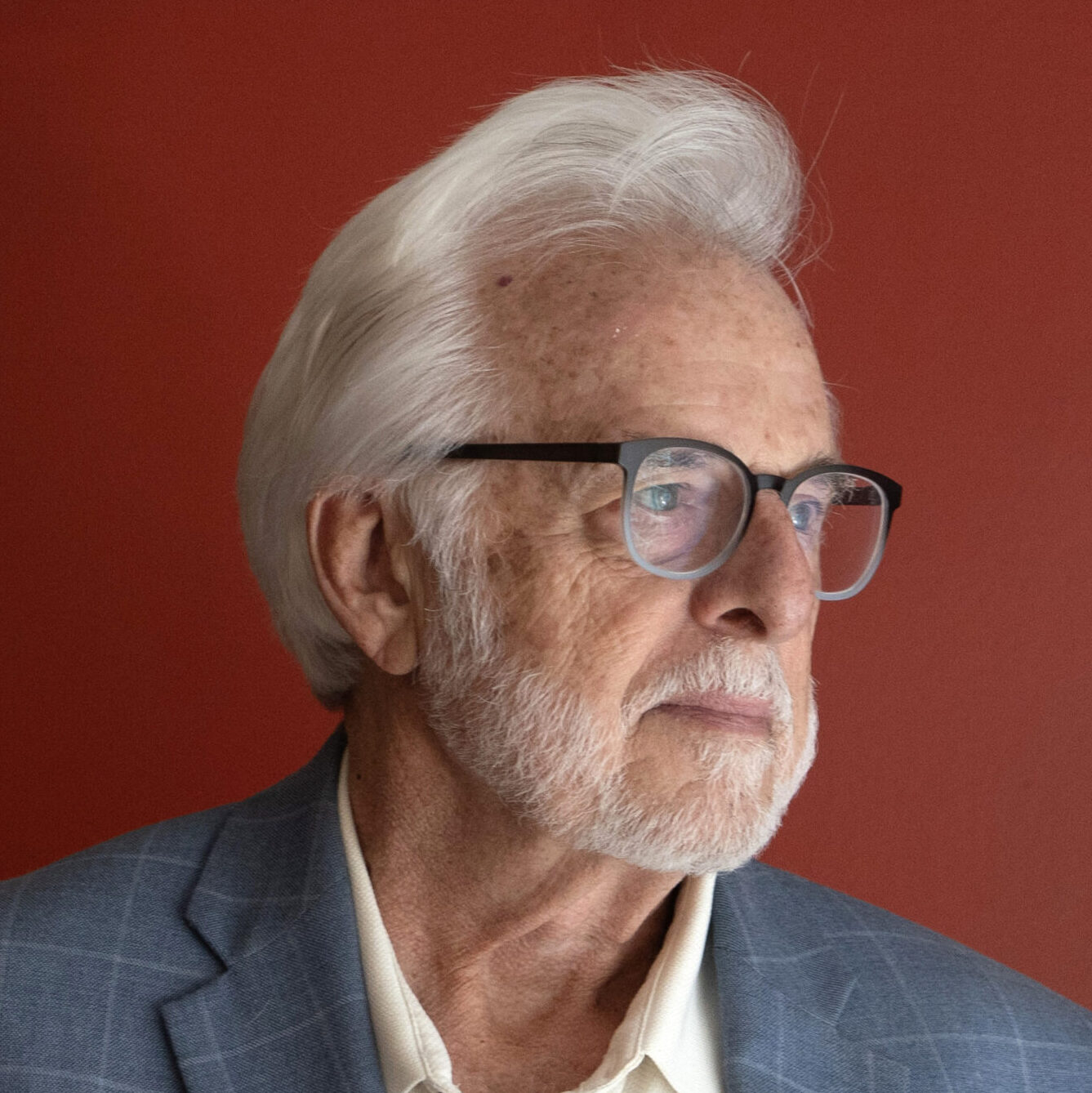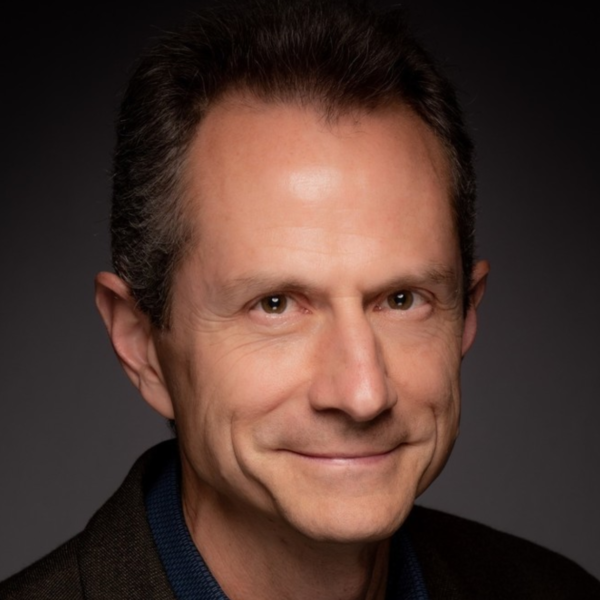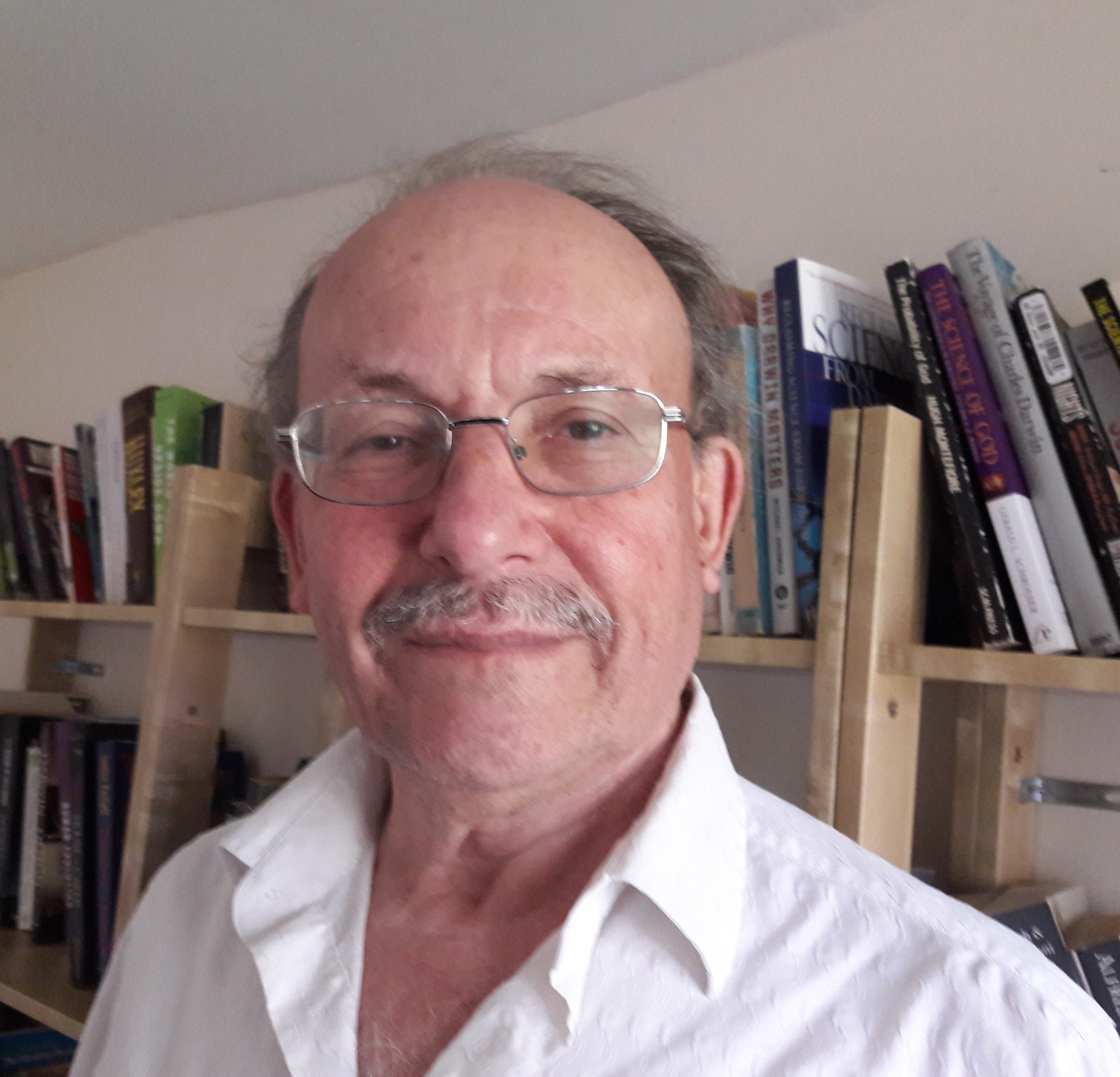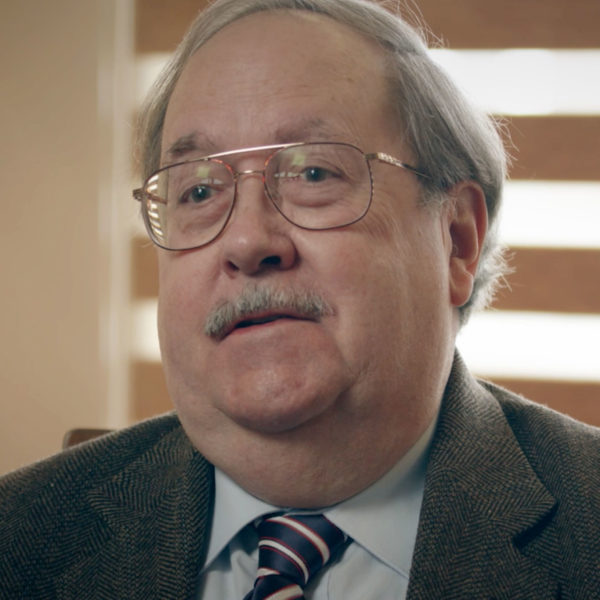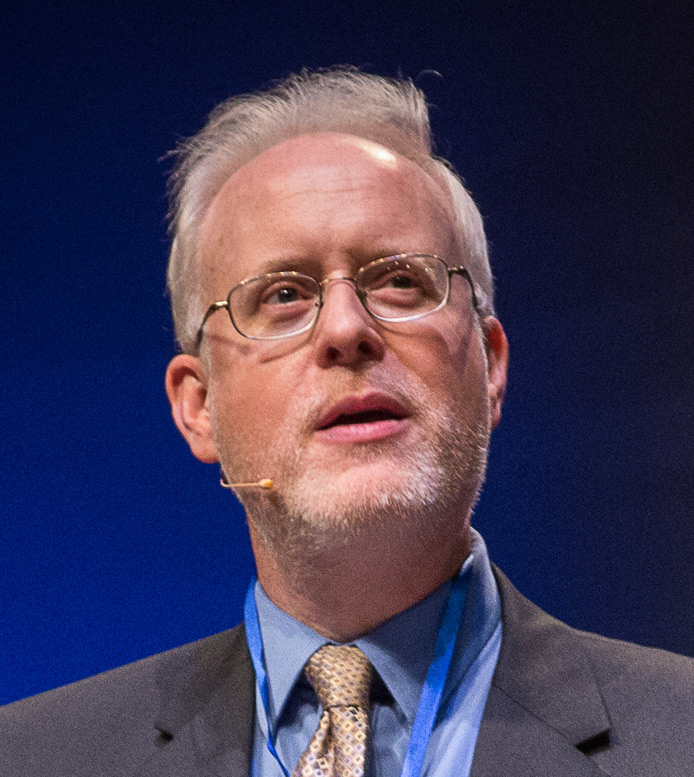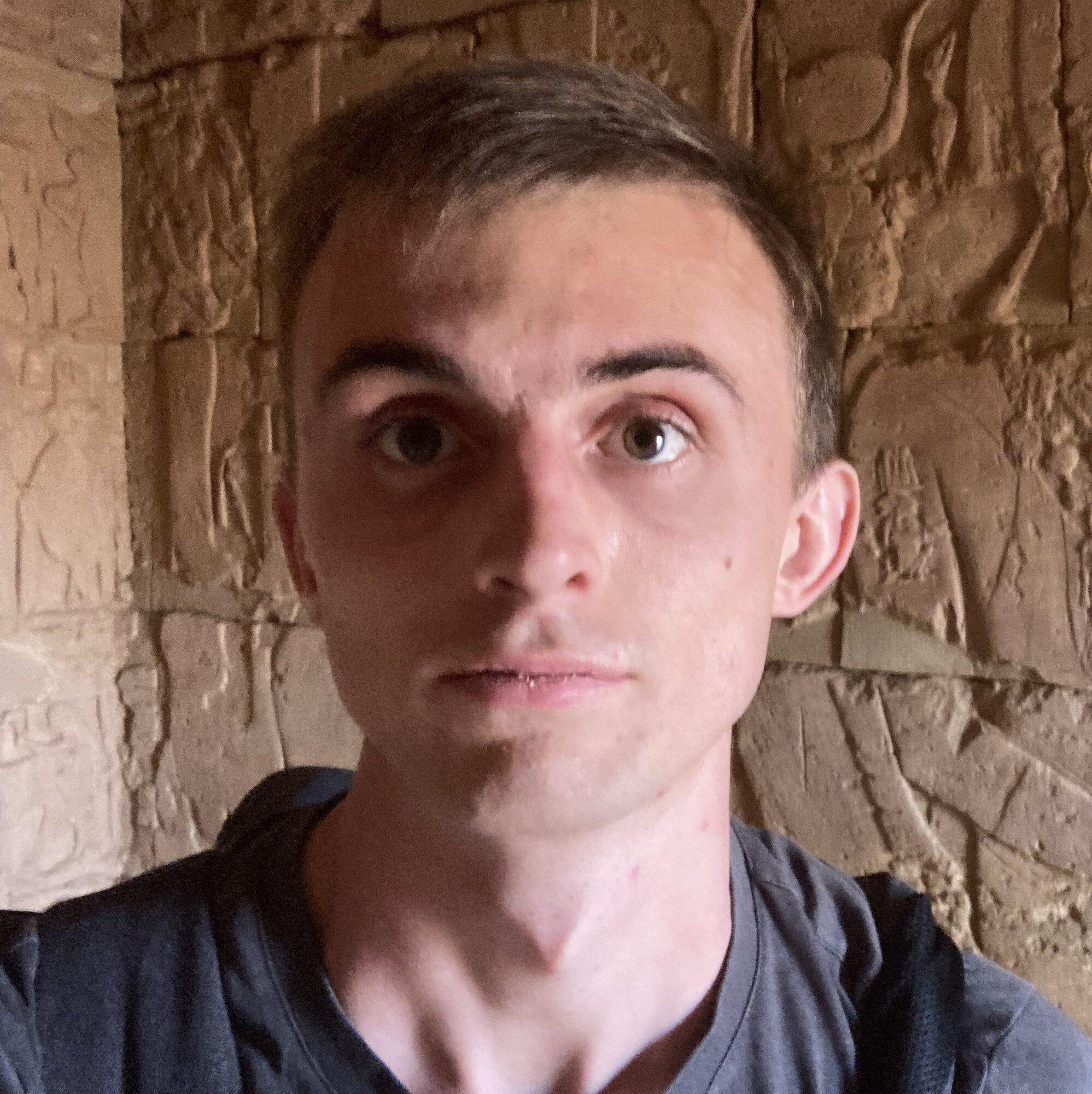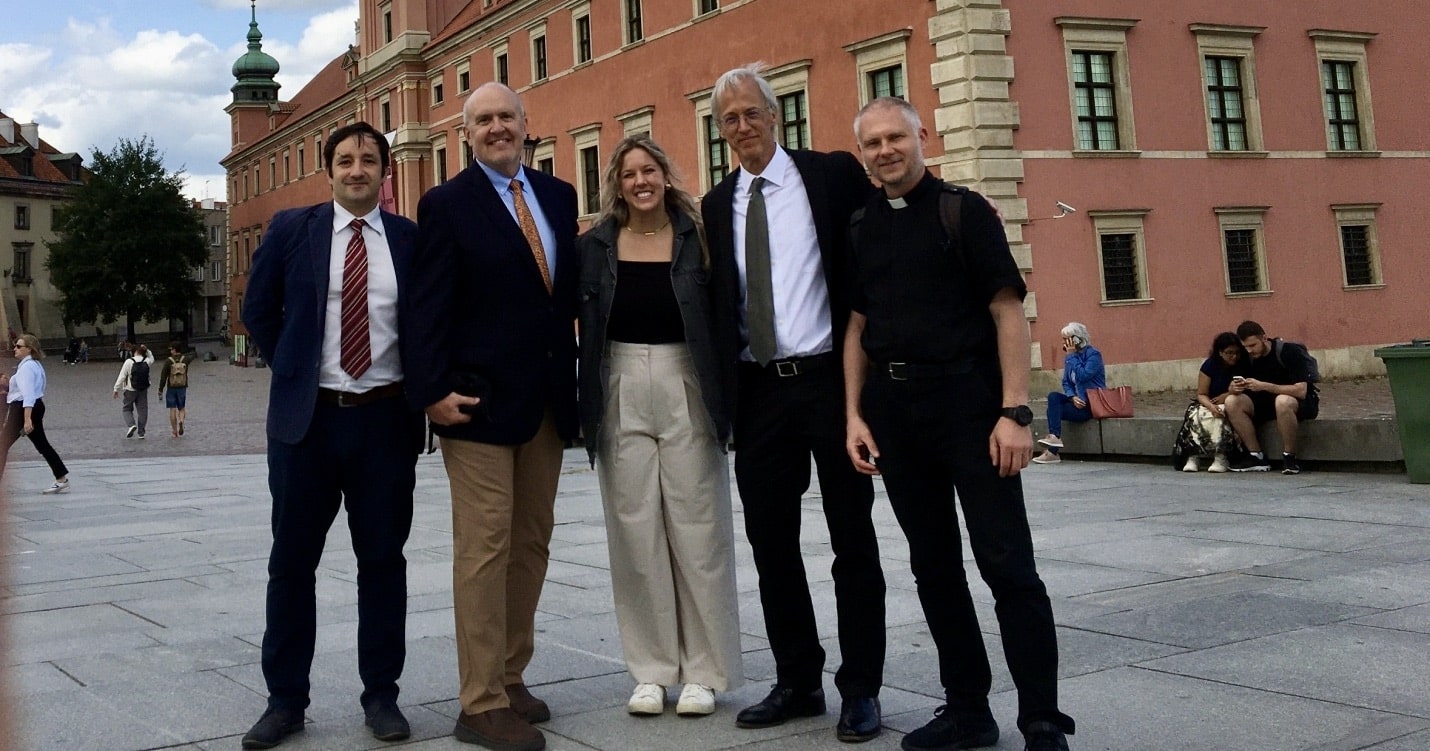In the minds of many people in the West, Warsaw is associated with the tragedies of World War II. Indeed, two uprisings — first in the Warsaw Ghetto in 1943 and then a general one that broke out in 1944 — led to the destruction of the city and the decimation of its population. After the war, Warsaw became a symbol of the new Communist rule. That rule was encapsulated in the phrase “Warsaw Pact,” arguably the greatest military threat to freedom and democracy ever known.
Warsaw was rebuilt in the 1950s according to the style of social realism. The style still brings to mind the dark years of Stalinist terror, those times of sadness and poverty. Much has changed, however, since the abolition of Communist rule in Poland in 1989, with the subsequent dissolution of the Warsaw Pact. Today, almost forty years after the fall of Communism, the city in its appearance is probably closer to Dallas (as George Weigel has noted) than it is to any of the other European capitals. In fact it is a mixture of old and new, pretty and not so pretty, a testimony to the physical and spiritual battles it has had to endure.
Personal Connections to Poland
So it was intriguing for me to host three speakers — William Dembski, Paul Nelson, and Robert Stackpole — for our recent Faith and Science conference here, each of whom is American but with some personal connections to Poland. For two of them, that was through a spouse. And for one it was through his last name — Dembski — which is as Polish as it could be. The photo at the top shows our team in front of Warsaw’s Royal Castle.

The theme of the conference was a question: “Are Christians Doomed to Evolution?” Within several decades after the publication of Darwin’s On the Origin of Species in 1859, most Christians had accepted some blend of Darwinism and Christianity. The blend is now commonly called theistic evolution. In this way, Christianity fell under the rule of more-or-less explicit materialism, almost as Poland did under the rule of Communism. But Poland, along with other Central European countries, rejected the yoke of oppression, choosing a path of rapid development and economic progress. The choice is clearly reflected in the streets of today’s Warsaw.

Hope for Christianity?
So, is there hope for Christianity, in Poland and elsewhere? I believe there is, and so do our honored guests. In order to explain the reasons for hope, Dr. Dembski presented the case for intelligence being present in biological systems. He argued that information cannot be produced by unguided forces of evolution. Information is the product of a mind, and nature, left to itself, will tend to lose rather than create it. Hence the law of conservation of information: you cannot give what you don’t have.
Dr. Nelson presented compelling evidence from biology against the idea of the Darwinian “tree of life.” Nelson explained that in natural science, it is nature that is the ultimate judge rather than the “consensus” of the “scientific community.” And Dr. Stackpole, a theologian, discussed how one can interpret the Biblical account of creation without straying from classical Christian positions or contradicting modern scientific evidence. Finally, I presented the argument against theistic evolution, showing that this idea was popular in pre-Christian cultures and was reintroduced in secularized, post-Christian societies. Theistic evolution constitutes a serious challenge for classical Christianity, casting doubt on the reality of Divine work in the history of creation. As such, I said, it should be abandoned as an idea inspired by modern paganism rather than by Judeo-Christian Biblical theology.
A Tale of Two Trees
The leitmotif of the conference was the image of two contrasting trees: the tree of life from the Garden of Eden and the “tree of life” depicting a universal history of life on earth as imagined by Darwin. These trees represent two contrasting paradigms with entirely different understandings of God, His workings in the universe, the Bible, science, and its role in explaining reality and ultimately ourselves. As Paul Nelson observed, Darwinian evolution is controversial because, unlike other theories that speak about nature, this one speaks about us: how we understand ourselves as human beings.
The goal of the conference was to examine the reasons for scientific and philosophical doubts about the Darwinian tree of life and to impart confidence in the tree of life presented in the Bible. The Darwinian tree occupies a prominent place in the modern imagination, but its great popularity is not supported by the scientific evidence.
In Warsaw, we discussed the parallels between Communism and Darwinism. Perhaps the two are fated to meet the same end. Communism fell apart because it collided with social, economic, and spiritual reality. It is not therefore excluded that the same will happen to Darwinian theory, as its collision with scientific reality is recognized more and more. Time will tell.

